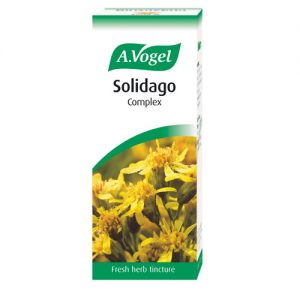

Spilanthes Drops 50ml A Vogel
£10.85 Original price was: £10.85.£9.20Current price is: £9.20.
Spilanthes
Spilanthes acmella has been well documented for its uses as spices, as antiseptic, antibacterial, antifungal, and antimalarial, treatment, and as remedy for toothache, flu, cough, rabies diseases, and tuberculosis. The increasing demand on herbal medicines and their acceptance in international market because of potent pharmacological potential and high therapeutic value have been proving to be real blessing to the people. However, efforts are needed to explore, standardise, and validate ayurvedic medicines for their potency, safety, and efficacy in order to bring them to market as main line therapeutics. Spilanthes acmella refers to the important medicinal plant distributed in the tropical and subtropical regions around the world with rich source of therapeutic and medicinal constituents. The main constituents, namely, “spilanthol” and “acmellonate”, are sometimes used to reduce the pain associated with toothaches and can induce saliva secretion [1, 2]. Other important traditional uses of this herb are the following: treatment of rheumatism, as a sialagogue for stammering, tongue paralysis, antipyretic, sore throat, and gum infections [3], and as an antipyretie herb. Spilanthes acmella has been well documented for its uses as spices, as antiseptic, antibacterial, antifungal, and antimalarial, treatment, and as remedy for toothache, flu, cough, rabies diseases, and tuberculosis.
Spilanthes acmella benefits
Local Anaesthetic Activity
The local anaesthetic activity of Spilanthes acmella has been carried out using two different animal models: (i) intracutaneous wheal in guinea pigs using nupercaine as standard (suitable for determining degree of anaesthesia) and (ii) plexus anaesthesia in frog using cocaine as standard (used for determining onset of anaesthesia). The mean onset of local anaesthetic action was very potent which could be attributed to the presence of alkylamides.
Antipyretic Effects
Chakraborty et al. (2010) studied the antipyretic activity of Spilanthes acmella which was carried out by yeast induced method as yeast is commonly used for the induction of pyrexia. The dose varies accordingly in various studies. Various workers used different concentrations and different doses of yeast. The antipyretic activity of Spilanthes acmella demonstrated in the study is attributed to the presence of flavonoids which are predominant inhibitors of either cyclo-oxygenase or lipo-oxygenase.
Anti-Inflammatory/Analgesic Activity
The anti-inflammatory activity of Spilanthes acmella has been carried out by the researchers using carrageenan induced hind paw oedema. Carrageenan is a standard phlogistic agent to study anti-inflammatory activity. The extract was found to produce considerable dose-dependent inhibition of paw oedema which was less than the standard drug. They also demonstrated the analgesic activity of Spilanthes acmella using acetic acid induced abdominal constriction and tail flick method. The former procedure is often used to evaluate the activity of peripherally acting analgesics while the later indicates the involvement of central nervous system. The aqueous extract produced better results as compared to tail flick method which meant that the plant can be explored as peripherally acting analgesic. The activity was attributed to the presence of flavonoids which are potent inhibitors of prostaglandins at later stages of acute inflammation.
Antifungal Activity
The effect of different concentrations of Spilanthes acmella flower head extract against four different fungi: Aspergillus niger, Aspergillus parasiticus, Fusarium oxysporum, and Fusarium moniliformi, was evaluated by Rani and Murty (2006). All the concentrations of the test solution inhibited the fungal species with varying degree of sensitivity. The maximum zone of inhibition was found to be for highest concentration and increased proportionally with the dose. Among the test organisms, high inhibition zones were observed.
Dosage of Spilanthes
Directions:
Adults: 20 drops twice daily, in a little water
Children: This product is not recommended for children.
Do not exceed stated recommendeddaily dose.
Avoid during pregnancy or if breastfeeding.
Keep out of reach and sight of children.
Ingredients:
Tincture of organically grown Paracress(Spilanthes oleracea) dried plant and leaves, extracted in alcohol (67%V/V)


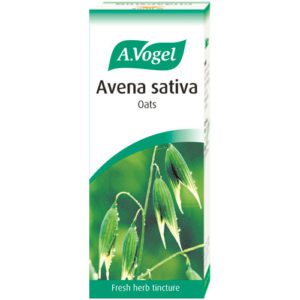
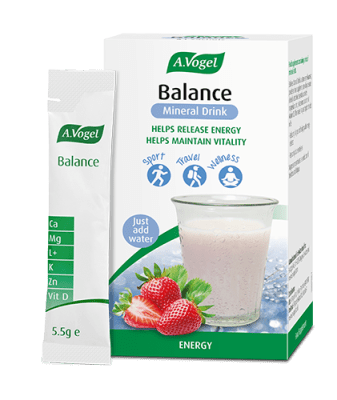
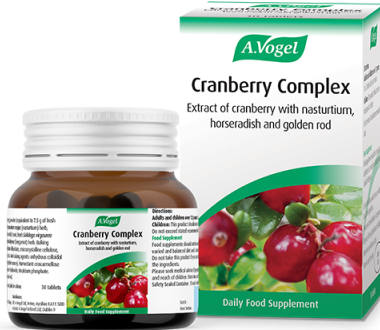
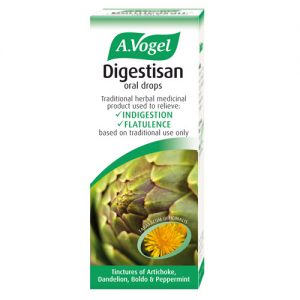

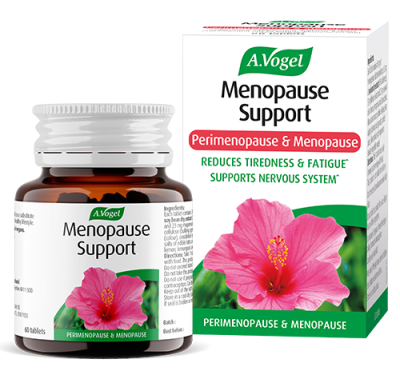
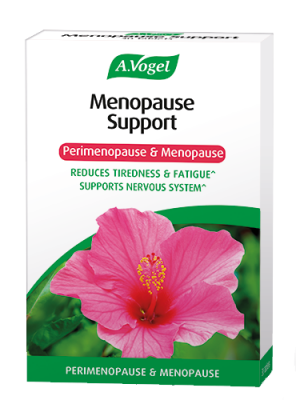

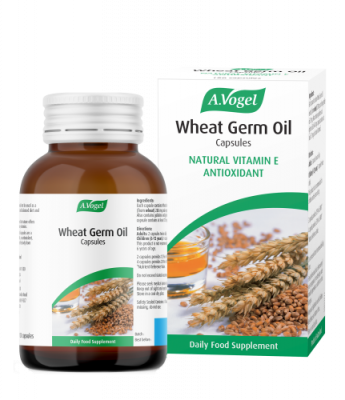

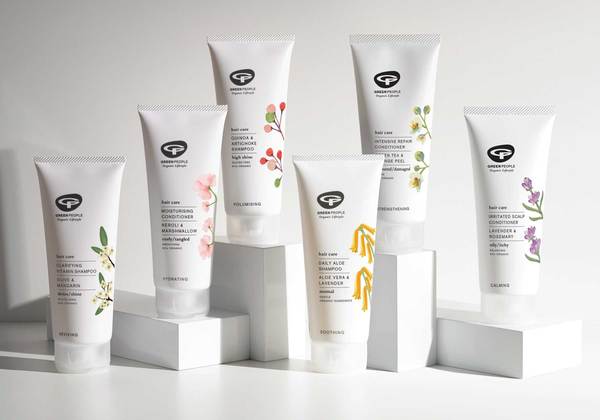


Reviews
There are no reviews yet.